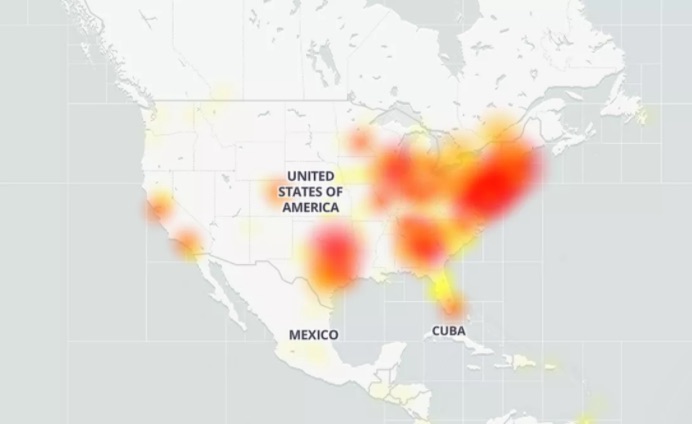What Zoom did right and wrong during its outage

Zoom went down for a lot of users on Monday morning. That was also the first day of school for a lot of public school and college students. The company treated the outage as a matter-of-fact event and communicated clearly and regularly throughout. Was that enough?
How Zoom communicated
Zoom’s problems first started appearing at about 8:50 am Monday. The company communicated its problems and how it was fixing them on Twitter and on its site at status.zoom.us.
Here are the tweets that appeared on Monday:
Meanwhile, the same information, with a little more detail, was on status.zoom.us. Here’s what you could read there. (I’ve reversed the order, so it reads in chronological order rather than the most recent update at the top.)
Aug 24, 2020
Issue with joining meetings and webinars
Investigating – We have received reports of users being unable to visit the Zoom website (zoom.us) and unable to start and join Zoom Meetings and Webinars. We are currently investigating and will provide updates as we have them. (Aug 24, 05:51 PDT)
Update – We are continuing to work on a fix for this issue. (Aug 24, 06:16 PDT)
Identified – We have identified the issue causing users to be unable to authenticate to the Zoom website (zoom.us) and unable to start and join Zoom Meetings and Webinars, and we are working on a fix for this issue. (Aug 24, 06:50 PDT)
Update – We are continuing to work on a fix for this issue. (Aug 24, 07:27 PDT)
Update – We are in the process of deploying a fix across our cloud. Service has been restored already for some users. We are continuing to roll this out to complete the fix for any users still impacted. (Aug 24, 07:58 PDT)
Update – We are still in the process of deploying a fix across our cloud. Service has been restored for most users. We are continuing to roll this out to complete the fix for any remaining users still impacted. (Aug 24, 08:26 PDT)
Update – We are still in the process of deploying a fix across our cloud. Meeting and webinar service has been restored for the majority of users. We are continuing to roll out a fix for the remaining users still impacted. Users are also unable to sign up for paid accounts, upgrade, or manage their service on the Zoom website. (Aug 24, 09:12 PDT)
Monitoring – We have resolved the issue causing users to be unable to start and join Zoom Meetings and Webinars. Users are now also able to sign up for paid accounts, upgrade, and manage their service on the Zoom website. We are currently monitoring to ensure that these services are operational. (Aug 24, 09:37 PDT)
Resolved – We have resolved the issue causing some users to be unable to start and join Zoom Meetings and Webinars or manage aspects of their account on the Zoom website. (Aug 24, 10:10 PDT)
What about the human touch? About as close as you can get to that is the single tweet from Zoom CEO Eric S. Yuan.
What did Zoom do right and wrong?
While Zoom has been rightly criticized for security problems — and has made rapid progress on fixing them — it has done an excellent job scaling up to deal with a manyfold increase in its times of use and user base. As a result, it has remained dependable with few outages before now.
In this environment, Yuan and Zoom deserve some forbearance. There’s no need for abject and repeated apologies. I think what Yuan tweeted is sufficient. The only reason this was so disruptive is that Zoom is now embedded so deeply into the way people interact in the pandemic-affected world.
I also give the company credit for its regular and informative series of updates as it worked to fix the problem.
Where it has fallen short is on explaining what happened. Why did the service go down? What was the root cause, and how is the company addressing that problem? Was it an attack? A human error? A hardware failure? We still don’t know.
Zoom owes us an explanation of the problem. But if the outage is not repeated, it deserves credit for an honest and truthful set of regular updates — a plan that every service company should follow when inevitable outages occur.